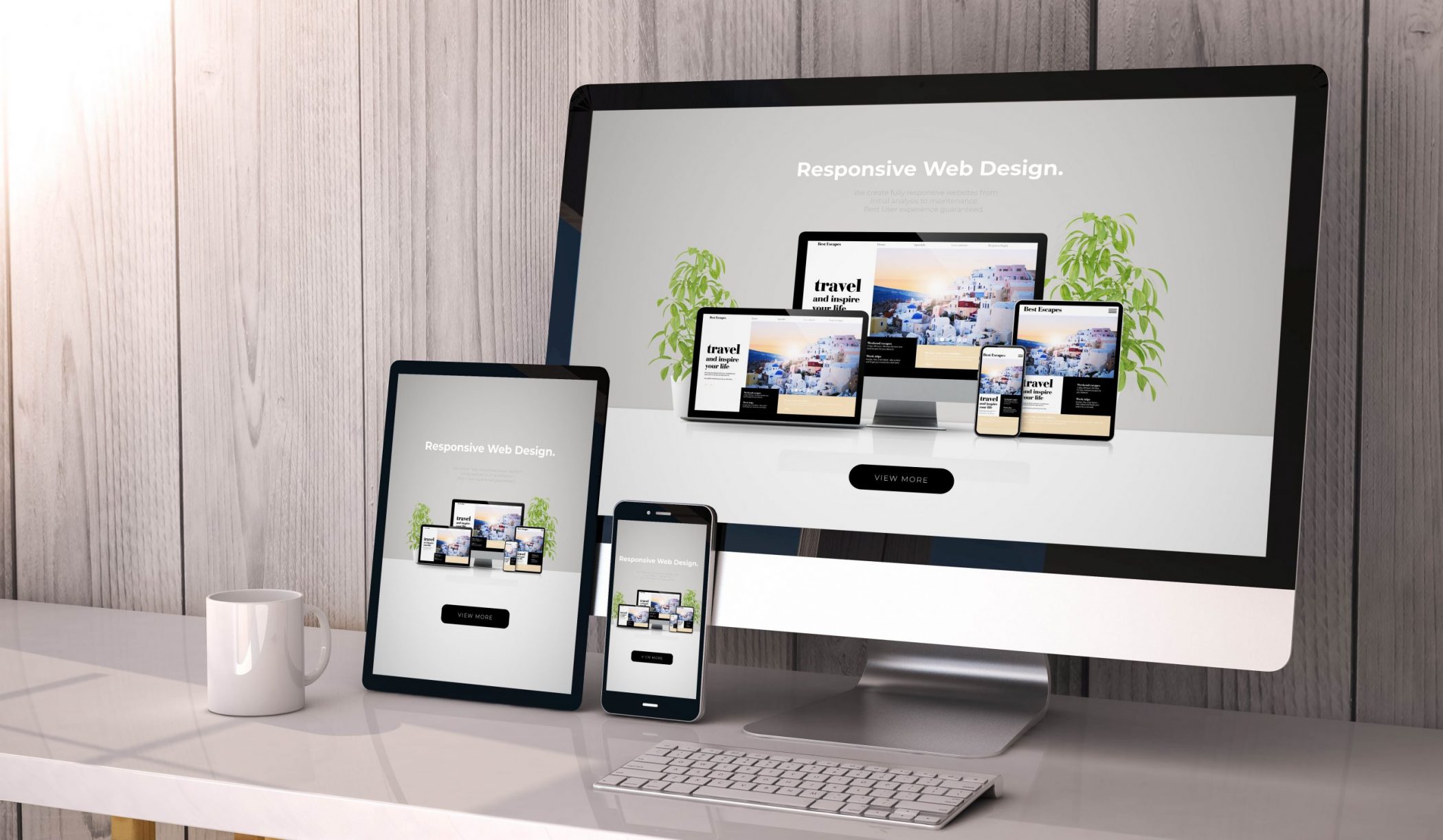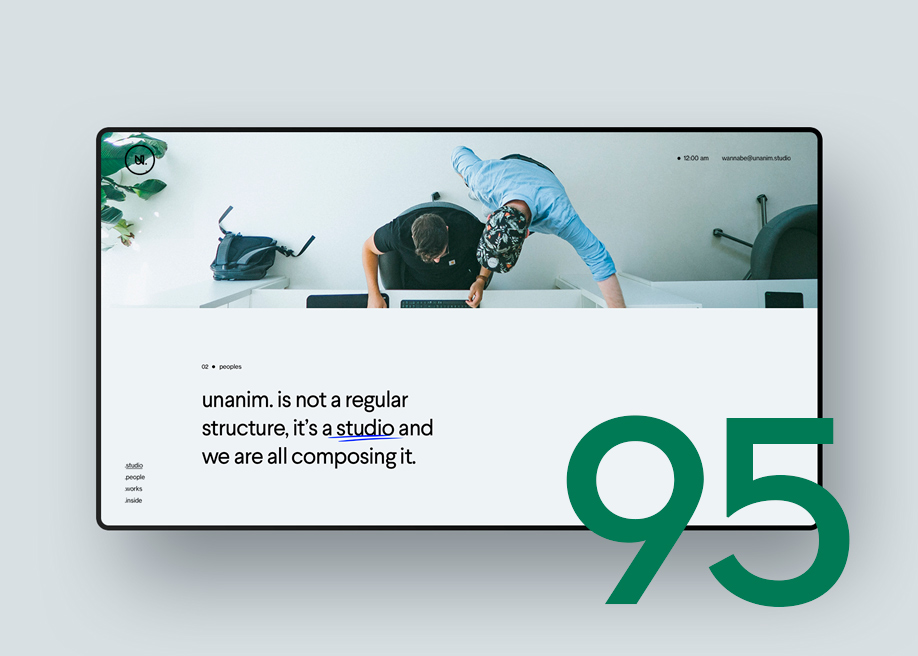Top Trends in Web Design That Will Shape the Future of Online Experiences
Top Trends in Web Design That Will Shape the Future of Online Experiences
Blog Article
How Efficient Web Layout Can Boost Individual Experience and Conversions
In the significantly affordable electronic landscape, efficient web design plays an essential duty in improving individual experience and driving conversions. As we check out the essential components that contribute to successful internet layout, it comes to be noticeable that the impact on user complete satisfaction and conversion prices is profound.
Importance of User-Centric Design
In the world of website design, focusing on user-centric design is paramount for producing efficient electronic experiences. This method concentrates on comprehending the needs, choices, and behaviors of users, making certain that electronic user interfaces are accessible and intuitive (Web design). By integrating user responses right into the layout process, internet developers can craft experiences that resonate with their target audience, inevitably leading to increased interaction and complete satisfaction
User-centric layout highlights functionality, which is vital for decreasing and retaining customers bounce rates. When individuals can navigate an internet site effortlessly, they are more most likely to explore its material and convert right into customers.

Secret Elements of Efficient Design
Reliable layout functions as the backbone of user-centric internet design, translating user requires right into aesthetic structures that facilitate communication. A well-organized layout focuses on material with a clear hierarchy, assisting users' eyes to important information. This pecking order is typically developed using shade, spacing, and size, making certain that essential elements stand apart.
An additional crucial element is using whitespace, which stops overcrowding and improves readability. Web design. Whitespace allows elements to take a breath, making the general layout appear cleaner and easier to navigate. In addition, consistency in layout components, such as shades and font styles, fosters knowledge and count on, making it possible for customers to browse the site with better convenience
Grid systems can also be invaluable, providing a structure that lines up content practically and visually. This alignment enhances the user experience by developing a structured aesthetic flow. Adaptability in layout-- like receptive design-- makes sure that sites carry out well throughout numerous devices, catering to varied customer preferences.
Ultimately, an effective format not only captivates individuals but also motivates them to involve more deeply, ultimately driving conversions and meeting company objectives. By concentrating on these vital components, designers can produce formats that resonate with individuals and improve their total experience.
Navigational Ideal Practices
Clear and instinctive navigation is essential for improving customer experience on an internet site. A well-structured navigation system enables individuals to find details quickly, which directly impacts their complete satisfaction and possibility of conversion - Web design. Look At This Applying an ordered framework is essential; utilize groups and subcategories that rationally team related material, making it simpler for visitors to explore
Consistency in navigating aspects is likewise important. Ensure that web links, menus, and buttons maintain harmony in vogue, color, and placement throughout all web pages, offering users with an acquainted structure as they navigate. Additionally, utilize descriptive tags for navigating products. As opposed to common terms, choose clear tags that precisely show the web content, assisting individuals in making informed choices.

Mobile Responsiveness and Accessibility

Ease of access, on the various other hand, focuses on making internet sites useful for people with impairments. This includes sticking to standards such as the Internet Web Content Availability Guidelines (WCAG), which resolve issues like color contrast, message size, and key-board navigation. By executing these standards, internet designers can produce inclusive experiences that accommodate a broader target market, thereby improving navigate to this site user involvement and complete satisfaction.
Additionally, mobile responsiveness and accessibility not only enhance user experience however likewise favorably impact online search engine positions. Search engines focus on easily accessible and mobile-friendly websites, making them most likely to appear in relevant search results. Investing in these facets of web design not just satisfies individual requirements however likewise contributes to general organization success via raised presence and boosted conversion prices.
Gauging Success With Analytics
Tracking individual interactions and behaviors through analytics is crucial for analyzing the success of a site. By leveraging tools such as Google Analytics, businesses can collect crucial information that exposes exactly how users engage Get More Information with their website. Metrics such as bounce prices, typical session period, and conversion rates offer insights right into individual actions and can highlight locations for enhancement.
Comprehending user demographics and traffic sources further boosts a web site's efficiency. This data permits internet developers to tailor web content and style aspects to better meet the demands of their target market. Additionally, tracking specific customer trips assists identify possible bottlenecks in the conversion funnel, making it possible for services to optimize their internet style as necessary.
On a regular basis examining this analytics data is crucial for continuous renovation. A/B testing various style components can offer concrete proof of what resonates with individuals, enabling notified choices based on real-world efficiency. Ultimately, determining success through analytics not just improves customer experience however additionally drives conversions, guaranteeing that website design initiatives line up with business goals. In an electronic landscape where competition is tough, utilizing the power of analytics is crucial to maintaining a successful and user-friendly site.
Verdict
In final thought, reliable web layout plays a critical function in enhancing user experience and driving conversions. Ultimately, determining success via analytics allows for continuous enhancement, ensuring that design strategies remain aligned with customer needs, consequently promoting company growth and success.
In the progressively affordable digital landscape, effective web style plays an essential function in enhancing user experience and driving conversions. By incorporating customer comments into the style procedure, internet designers can craft experiences that resonate with their target audience, eventually leading to increased interaction and contentment.
Eventually, the value of user-centric style exists in its capacity to produce meaningful interactions that drive conversions and foster lasting connections with individuals, making it an important part of successful web layout methods.
Ultimately, measuring success via analytics not just improves user experience yet likewise drives conversions, making sure that web layout initiatives align with service objectives.In conclusion, efficient web style plays a pivotal function in enhancing individual experience and driving conversions.
Report this page